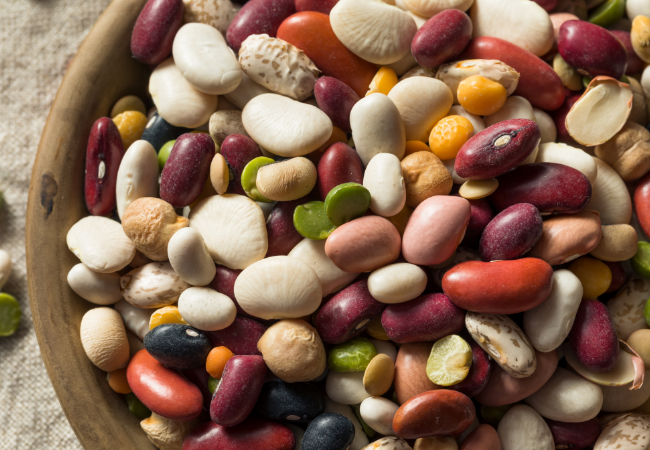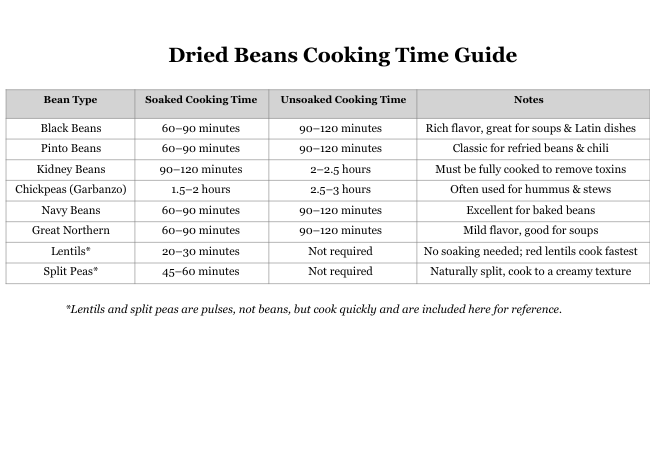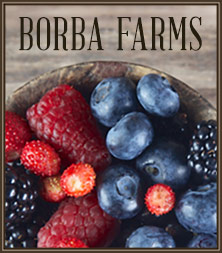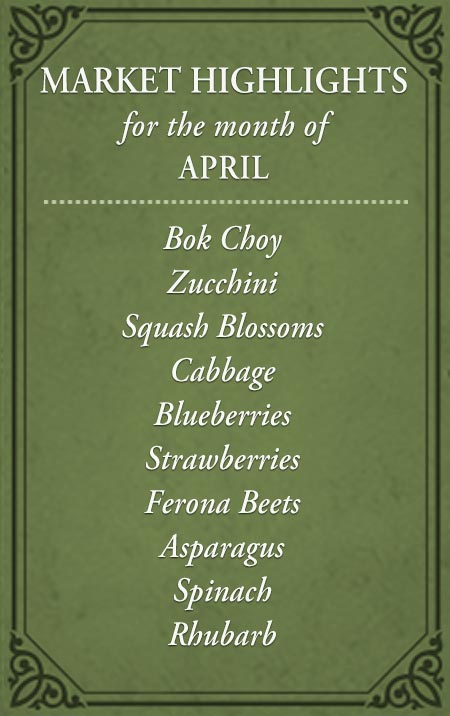Dried beans are a cornerstone of every well-stocked pantry. Nutritious, inexpensive, and incredibly versatile, they can be transformed into soups, stews, salads, dips, and side dishes. While cooking with dry beans requires a little planning, the results are far superior to canned beans in both taste and texture. Here are some essential tips and techniques to help you get the most from this humble ingredient.
When shopping, look for beans that are relatively fresh—ideally under two years old. The newer the beans, the faster and more evenly they will cook. Older beans are still edible, but their skins may split, and they can take much longer to soften. To store them, transfer beans to a glass jar with a lid or another airtight container, and keep them in a cool, dry place away from sunlight. Properly stored beans will last about two years before their quality begins to decline.
A little goes a long way. One cup of dried beans will yield about three cups of cooked beans, and a one-pound bag of beans cooks up to about six cups. This is helpful to keep in mind when planning meals or scaling recipes.
Soaking vs. No Soaking
Soaking beans before cooking is a matter of preference and convenience:
- No soak: If your beans are fresh (under two years old), you can skip soaking altogether. They’ll cook more quickly and evenly without it.
- Overnight soak: Cover beans with plenty of water and let them sit for 8–12 hours. This reduces cooking time and can make beans a bit easier to digest. Don’t discard the soaking water—it now contains valuable vitamins and flavor that should go into your cooking pot.
- Quick soak: In a pinch, you can bring beans and water to a boil for 2 minutes, then turn off the heat and let them sit for 1 hour before cooking.
Cooking Tips
- Use plenty of water or broth when cooking beans—generally 3 cups of liquid for every 1 cup of beans.
- Bring the beans to a boil, then reduce the heat to low and simmer gently until tender. Cooking times vary by bean type, but most require 1 to 2 hours.
- Do not add salt or acidic ingredients (like tomatoes, vinegar, or citrus) until the beans are fully cooked. Adding them too early can toughen the skins and prevent the beans from softening.
- For extra flavor, toss in aromatics like bay leaves, garlic, onion, celery, or fresh herbs while the beans simmer.
SERVING SUGGESTIONS:
Cooked beans are endlessly adaptable:
- Puree them into spreads and dips like hummus or bean pâté.
- Add them to soups, chilis, or casseroles for protein and heartiness.
- Toss them into grain salads with fresh herbs and vegetables.
- Dress them with olive oil, lemon juice, and salt for a simple, satisfying side.
Here’s a reference guide to keep in your pantry:




























